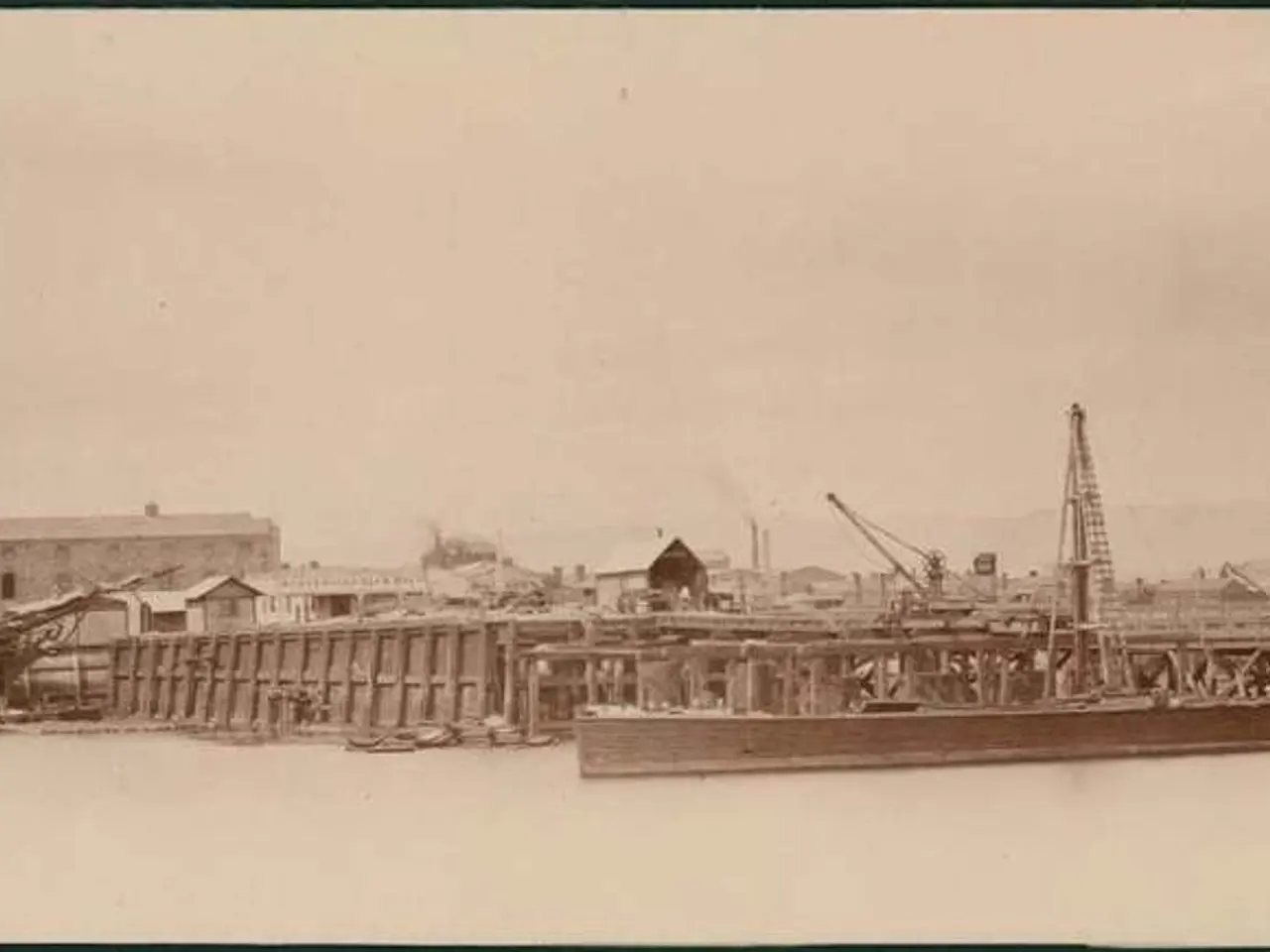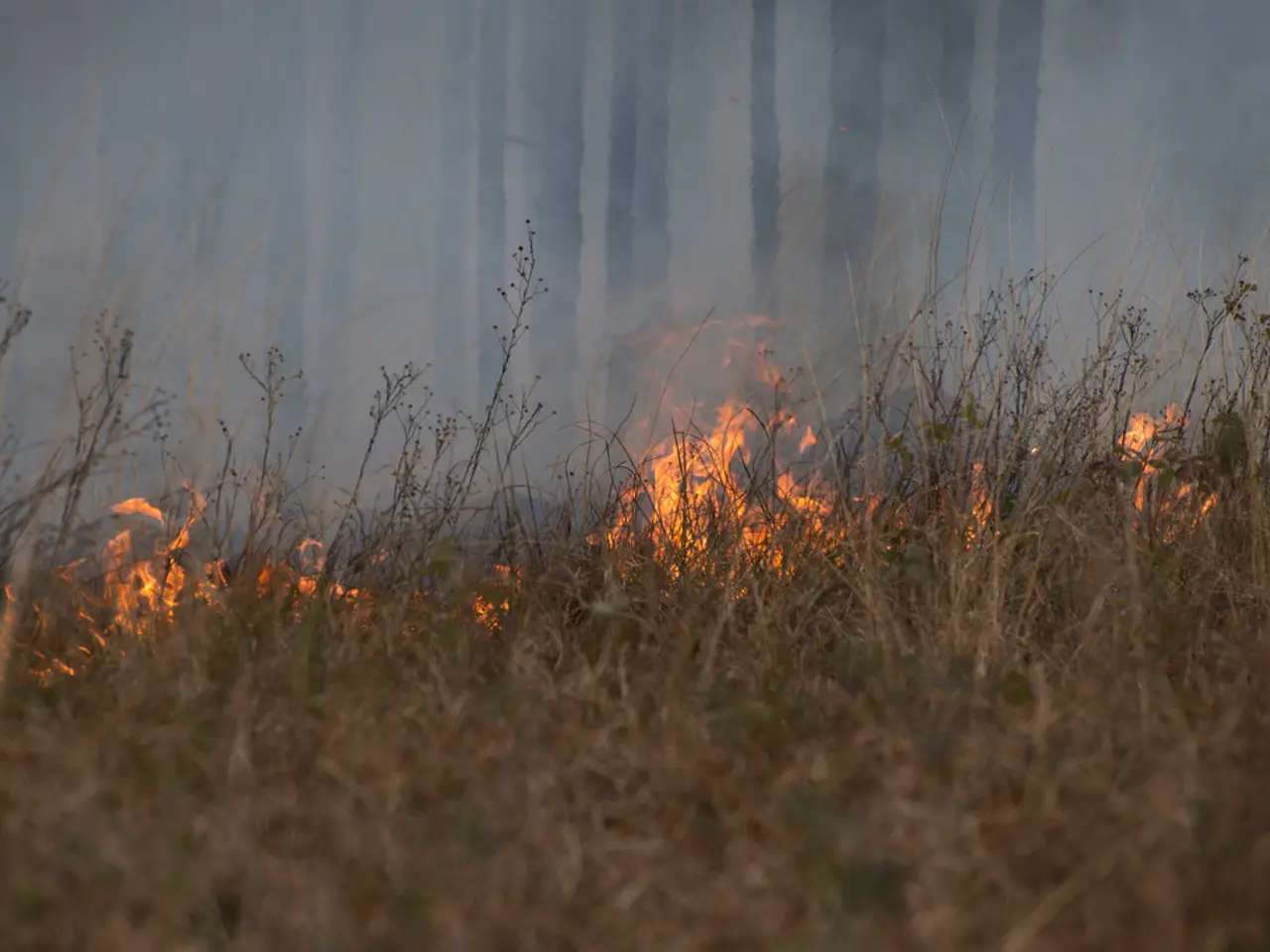Anticipated death toll of 300,000: Japan strengthens preparations for potential 'Mega-earthquake' - Japan boosts readiness for colossal earthquakes
In light of growing concerns, Japan is intensifying its preparations to face a potential mega-quake and tsunami along the Nankai Trough. This seismically active region, stretching approximately 800 kilometres off Japan's Pacific coast, is known for generating devastating earthquakes every 100 to 200 years, with the last major event occurring in 1946 [1][3].
Key Updates and Strategies:
1. **New Disaster Preparedness Plan:** The Japanese government has recently unveiled an updated megaquake preparedness plan. The new strategy aims to reduce potential fatalities by 80% and cut housing destruction by 50% over the next decade compared to the prior measures, which would only have reduced the death toll by 20% [1][3].
2. **Infrastructure Enhancements:** Accelerated construction of embankments and evacuation buildings is a major focus to protect coastal communities and facilitate rapid evacuation in case of tsunami threats [2][3].
3. **Public Drills and Awareness:** Frequent evacuation drills and public readiness programs are being emphasised to improve individual and community preparedness for earthquake and tsunami events [2][3].
4. **Collaboration Efforts:** The updated plan calls for coordinated actions among the national government, municipalities, private companies, and non-profit organisations to maximise disaster response efficiency and save lives [3].
5. **Addressing Public Concerns:** Authorities are addressing the misinformation and panic caused by doomsday predictions, such as the reissued manga predicting a disaster on July 5, 2025. Officials stress the scientific limits in earthquake prediction and urge rational preparedness rather than anxiety-driven behaviour [2][4].
6. **Economic Impact Preparedness:** The government estimates the economic damage could reach up to $2 trillion, highlighting the critical importance of mitigating both human and economic losses through enhanced disaster planning [1].
The 2011 earthquake and tsunami, which took place in the Pacific Ocean on March 11, 2011, serves as a stark reminder of Japan's vulnerability to natural disasters, particularly earthquakes and tsunamis. The catastrophe resulted in the deaths of 18,000 people and caused significant damage to the Fukushima nuclear power plant, resulting in explosions and a meltdown in three reactors [2]. The disaster is considered the worst nuclear disaster to occur since Chernobyl in 1986 [2].
Shigeru Ishiba, a former Defense Minister, has warned that Japan should prepare for a possible repeat of the 2011 disaster [2]. A government panel declared in January that the likelihood of a major earthquake in the region within the next 30 years was 75 to 82 percent [1]. Such earthquakes along the Nankai Trough are caused by the movement of tectonic plates [4].
The well-known manga predicting a catastrophe has contributed to recent concerns about a potential earthquake in Japan [1]. Concerns about a potential earthquake have been further fueled by this manga, which specifically predicts a major catastrophe for July 5, 2025 [1]. However, officials stress the scientific limits in earthquake prediction and urge rational preparedness rather than anxiety-driven behaviour [2][4].
In March, the government released a new estimate suggesting that a major earthquake followed by a tsunami could result in up to 298,000 fatalities [1]. Japan remains one of the most seismically active regions in the world, experiencing approximately 1,500 earthquakes annually [4]. The 2011 disaster highlights the potential risks associated with nuclear power plants in seismically active regions [2].
In conclusion, Japan is taking a comprehensive and urgent approach to strengthen earthquake and tsunami resilience along the Nankai Trough by upgrading infrastructure, increasing public readiness, and fostering cooperation across sectors, all aimed at significantly reducing casualties and damage if a megaquake occurs [1][2][3].
- In their efforts to strengthen Japan's resilience to mega-quakes and tsunamis, environmental-science and weather-forecasting play crucial roles in understanding the natural patterns and predicting potential disasters more accurately.
- As Japan braces for a possible "mega-quake" along the Nankai Trough, it is essential to examine the impact of climate-change and its potential influence on the frequency and magnitude of earthquakes and tsunamis in the region.
- The Japanese government's updated disaster preparedness plan has drawn the attention of scientists worldwide, who are eager to learn from Japan's strategies to minimize losses in the face of catastrophic events, like mega-quakes and tsunamis, and apply similar methods to address similar challenges in other regions affected by climate-change and seismic activity, such as the Pacific Islands.








